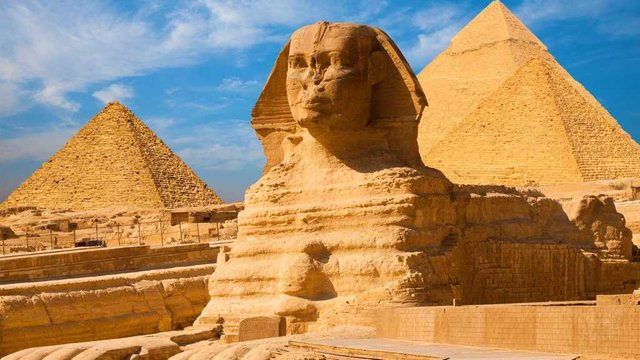
The Great Sphinx of Giza is one of the most iconic monuments in the world, attracting millions of visitors each year. This ancient statue, located in the Giza Plateau near Cairo, Egypt, has captivated people's imagination for centuries with its enigmatic expression and imposing presence. But what is the history and cultural significance of this incredible structure?
The Great Sphinx of Giza is believed to have been built during the reign of the pharaoh Khafre in the 26th century BCE. It was carved out of a single block of limestone and stands over 20 meters tall, with a length of 73 meters and a width of 19 meters. The statue's face is believed to depict the likeness of Khafre, and its body is that of a lion, a symbol of strength and royalty in ancient Egyptian culture.
The Sphinx has been the subject of many legends and myths throughout history. One of the most famous is the story of Oedipus, who is said to have answered the Sphinx's riddle, thus saving the city of Thebes. The Sphinx was also considered a guardian of the pyramids, which were built nearby as tombs for the pharaohs.
Today, the Great Sphinx of Giza remains an important symbol of Egypt's rich cultural heritage. It continues to inspire awe and fascination among people from all over the world, who come to marvel at its grandeur and mystery.
To learn more about the Great Sphinx of Giza, you can explore the various theories and interpretations surrounding its history and significance. You can also visit the site in person and witness its majesty firsthand.